Doggie Drama: 17 Reasons Your Dog Might Be Mad At You

Ever get the feeling your dog’s giving you the cold shoulder? Yep, pups have moods too—and sometimes, they’re just not feeling you.
Let’s look at telltale signs your dog might be a little mad and what you can do to get back in their good graces!
1. Ignoring Your Commands On Purpose

Sometimes, dogs might pretend they can’t hear you.
If your dog is persistently ignoring commands it once responded to, it might be annoyed. This can happen if they’ve been overwhelmed by conflicting instructions or too many commands at once.
To address this, simplify your communication. Use clear, concise commands and positive reinforcement when they respond correctly. Remember, patience is key.
Spend some quality time bonding with your dog outside of training sessions, ensuring it feels valued and loved. Over time, your dog will likely become more receptive and responsive.
2. Loss Of Interest In Play

If your usually playful pup suddenly loses interest in their favorite games, it could be a sign they’re feeling down or emotionally off.
Playtime is more than fun—it’s key to their happiness and well-being. A sudden change might be linked to stress, boredom, or even sadness.
Think about any recent disruptions—new schedules, less attention, or changes in the home. Gently reintroducing activities and one-on-one time can help lift their spirits.
If nothing seems to spark joy, a visit to the vet can rule out health concerns.
Your presence, patience, and care can go a long way in bringing back their tail-wagging energy.
3. Chewing Your Belongings

If your dog suddenly decides your favorite shoes are fair game, they might be feeling more than just bored. Chewing personal items is often a sign of frustration—especially if they’ve been left alone too long.
Dogs use their mouths to express emotions, and destructive chewing can be their way of acting out. To curb this, make sure they have plenty of toys and mental stimulation.
Playtime, attention, and training go a long way. Teach them what’s OK to chew and praise them when they get it right.
If it keeps happening, a professional trainer can help uncover deeper issues. Addressing their needs now can prevent future shoe casualties—and bring you closer together.
4. Excessive Sleeping

If your dog is snoozing more than usual, it might be more than just laziness. Extra sleep can point to boredom, sadness, or even a bit of sulking after a disagreement.
Think about how much fun and exercise they’re getting—could they be craving more interaction or stimulation?
Try switching up the routine with new games, walks, or toys to perk them up and re-engage their curiosity.
Sometimes, a sleepy pup just needs a mental boost to feel like themselves again. But if the extra shut-eye sticks around, check in with your vet to rule out health concerns.
5. Excessive Barking
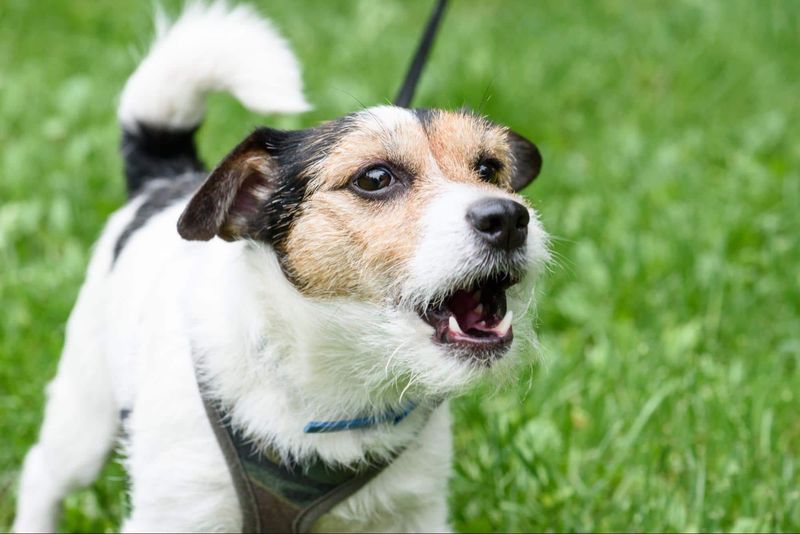
If your dog has turned up the volume lately, they might be trying to tell you something. Excessive barking is often a sign of frustration, anxiety, or feeling ignored.
Check the basics first—do they need food, a bathroom break, or a little love and attention? Sometimes, it’s just their way of saying, “Hey, don’t forget about me!”
Interactive toys and brain games can work wonders to redirect their energy. Keeping their minds busy helps quiet their voices.
Ultimately, barking is communication. Tune in, respond with care, and your dog will feel heard—without waking the neighbors.
6. Hiding
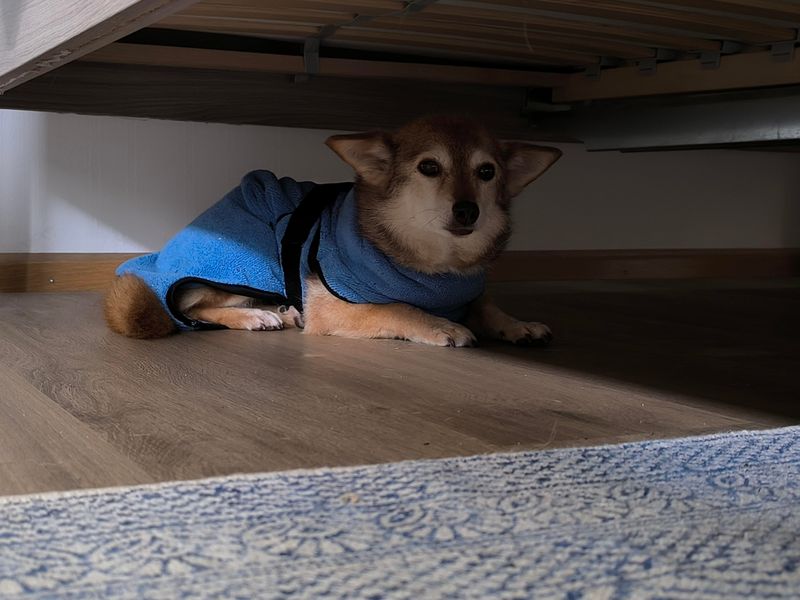
If your dog is suddenly hiding under the bed or behind the couch, they’re likely feeling stressed or upset.
Dogs seek out tight, quiet spaces when they need a break from something that’s bothering them.
Don’t force them out—instead, observe what might be triggering their retreat. A new noise, guest, or even a schedule change could be throwing them off.
Give them space and speak to them calmly. A familiar routine, soft voice, and a cozy spot nearby can gently coax them back out.
Understanding their need for a quiet escape shows empathy—and helps rebuild their sense of safety.
7. Refusing Food
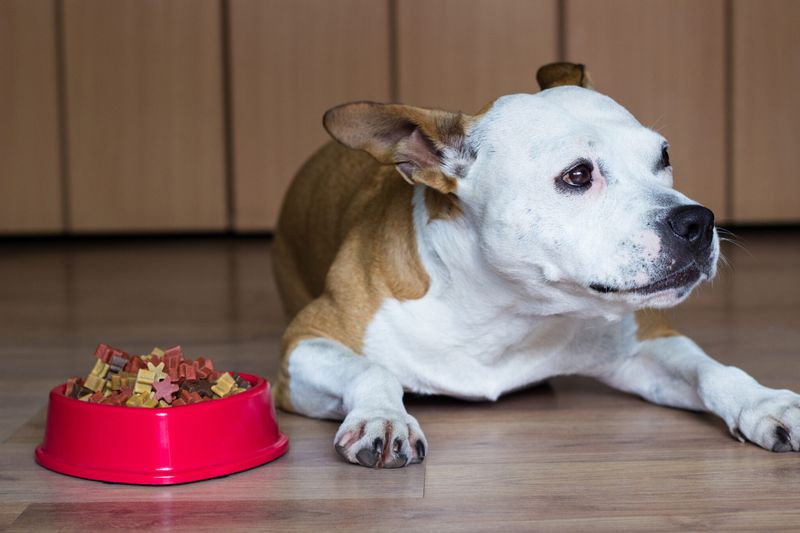
If your dog suddenly snubs their food bowl, it might be more than just pickiness—it could be a sign they’re feeling stressed or upset.
Dogs usually love mealtime, so skipping a meal is worth paying attention to.
Think about any recent changes—new pets, a shift in routine, or even tension in the home can affect their appetite.
You can try tempting them with a favorite treat or a small portion of something different, but don’t ignore the behavior if it lasts more than a day.
If the food strike continues, a vet check is a smart move to rule out health concerns.
A happy, healthy pup usually has a healthy appetite—so their food bowl can tell you a lot.
8. Whining Or Whimpering

If your dog is whining or whimpering more than usual, it’s likely they’re feeling uneasy, frustrated, or craving attention.
This kind of vocal cue is their way of saying something isn’t quite right.
Notice when it happens—maybe it’s before you leave the house or during moments they feel ignored. Timing can offer big clues.
Offer extra affection and reassurance, especially during known stress points. Try calming music or a cozy item that smells like you to help soothe them when you’re away.
Helping your dog feel safe and understood can turn the whining down and the tail wags up.
9. Tail Tucking
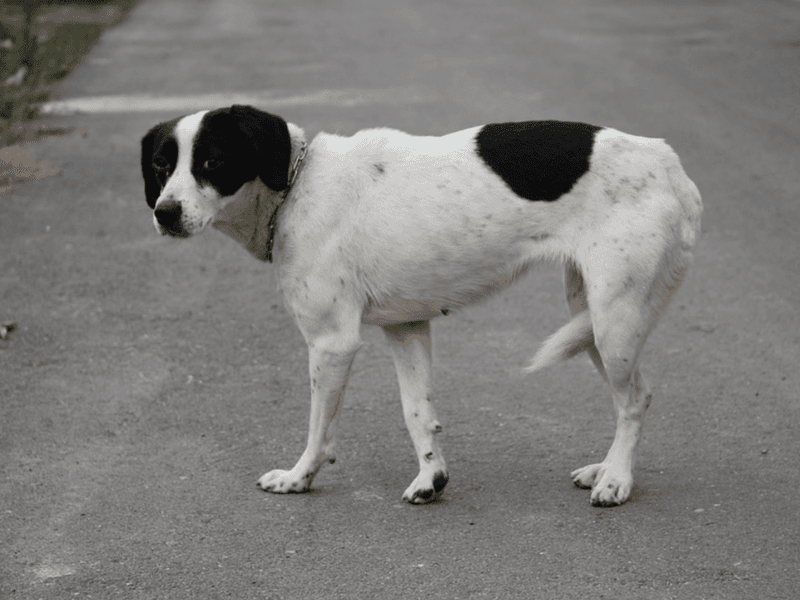
A tucked tail is your dog’s way of saying they’re not feeling safe or confident—it’s a universal sign of fear or anxiety.
Take note of when it happens. Is it around strangers, during storms, or in new places? Pinpointing the cause helps you better support them.
Use gentle encouragement and positive experiences to slowly build their trust in those situations.
Comfort, consistency, and patience go a long way in helping them feel secure.
With your support, that tucked tail can start wagging again in no time.
10. Destructive Behavior

If your dog is suddenly shredding pillows or chewing the furniture, they might be telling you they’re stressed or frustrated.
Destructive behavior is often a canine protest—or a plea for attention.
Before you get mad, ask yourself: are they getting enough walks, play, and mental stimulation? Bored dogs find their own fun… and your couch might be the victim.
Daily activity and interactive toys can help burn off that excess energy in a healthy way.
If the destruction continues, a professional trainer can help redirect the behavior.
11. Growling Or Snapping

When your dog growls or snaps, they’re not being “bad”—they’re communicating. It’s their way of saying, *“I’m uncomfortable, please back off.”*
Instead of punishing the behavior, figure out what’s triggering it. Is it a certain noise, a person, or even being touched in a sensitive area?
Once you identify the cause, you can work on slowly desensitizing them with patience and positive reinforcement.
Reward calm behavior, give them space when needed, and consider professional help if the issue persists.
12. Urinating Indoors
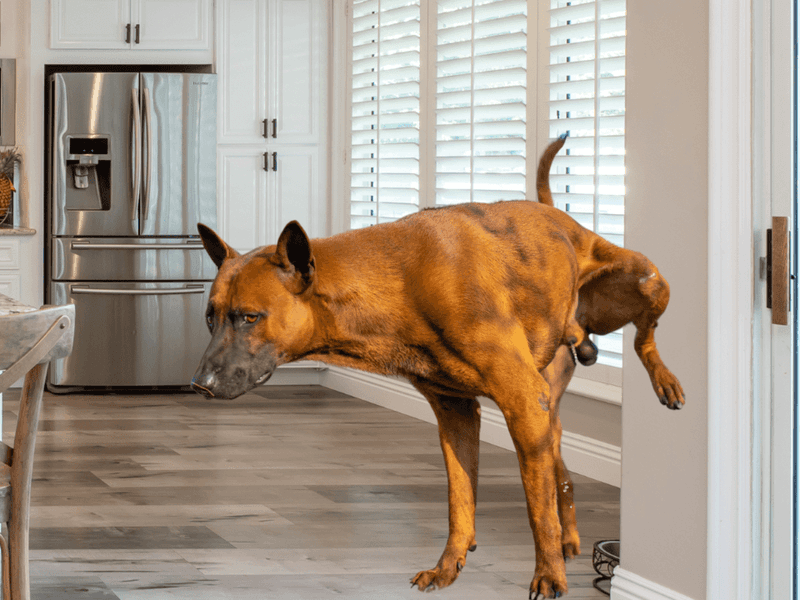
If your house-trained dog starts peeing indoors, it’s not just a mess—it might be a message. Stress, anxiety, or even a shift in routine can throw them off balance.
Start by ruling out any medical issues with a vet visit. If health isn’t the culprit, think about recent changes—new pet, house guests, or a disrupted schedule.
Help your dog by reinforcing bathroom routines, offering frequent outdoor breaks, and praising them when they go in the right spot.
Avoid scolding—they’re not being spiteful, just overwhelmed. A little patience goes a long way in getting things (and bladders) back on track.
13. Ignoring You

Has your dog suddenly turned their back on you or refused to make eye contact? That cold shoulder could be your pup’s way of saying, “I’m not thrilled with you right now.”
Dogs sometimes show they’re upset by ignoring you—turning their head, walking away, or heading to another room altogether. It’s a subtle but clear canine protest.
The best move? Give them space and let them cool off. When they’re ready, try a treat or their favorite game to reconnect.
Respecting their mood shows you’re in tune with their emotions—and that builds trust over time.
14. Pacing Or Restlessness
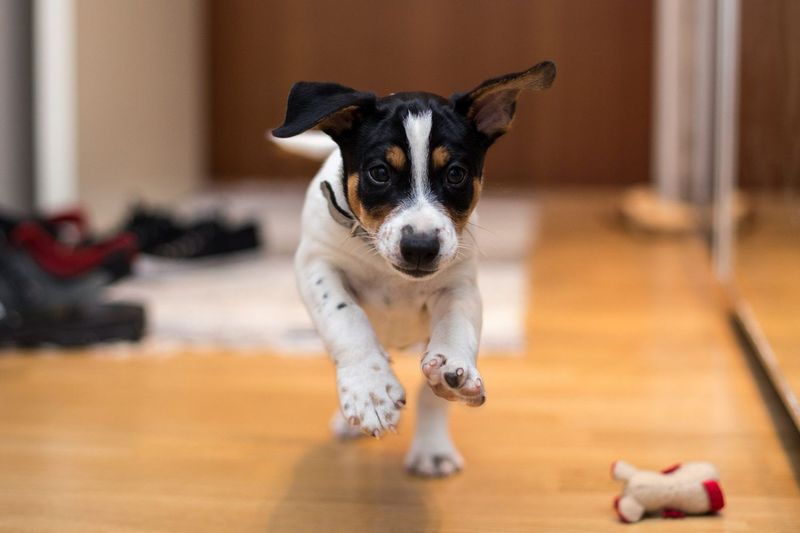
Pacing or restlessness is often your dog’s way of saying, “Something’s not right.” It can be a response to anxiety, boredom, or even frustration.
Pay attention to when it happens—before you leave, during storms, or around new people?
Creating a calm routine and offering plenty of physical and mental stimulation can help settle their nerves.
Sometimes just sitting with them or speaking gently can provide the reassurance they’re looking for.
When you respond to their unease, you’re building trust and helping them feel safe in their space.
15. Excessive Licking
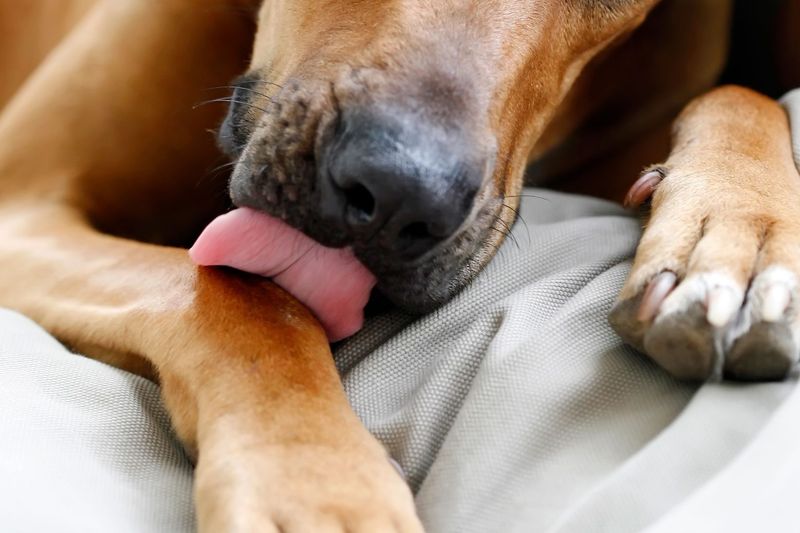
If your dog won’t stop licking their paws, furniture, or even the floor, it could be a sign they’re feeling stressed, bored, or a little frustrated.
This repetitive behavior often acts as a self-soothing mechanism—kind of like biting your nails.
Make sure your pup gets plenty of exercise, mental stimulation, and attention throughout the day.
Try introducing puzzle toys or rotating new activities to keep things interesting.
If the licking doesn’t ease up, a vet visit can help rule out allergies or medical concerns hiding beneath the habit.
16. Yawning Excessively

Yawning isn’t always about being sleepy—when dogs yawn excessively, it’s often a subtle sign they’re feeling stressed or uneasy.
It’s their way of calming themselves down when something feels off, whether it’s a new place, a loud noise, or an unfamiliar face.
Pay attention to when and where it happens most—those clues can help you pinpoint what’s triggering their anxiety.
To support your pup, create a calm environment and offer gentle reassurance without forcing interaction.
Recognizing this simple behavior can go a long way in keeping your dog emotionally balanced and secure.
17. Stubbornly Sitting Facing Away From You
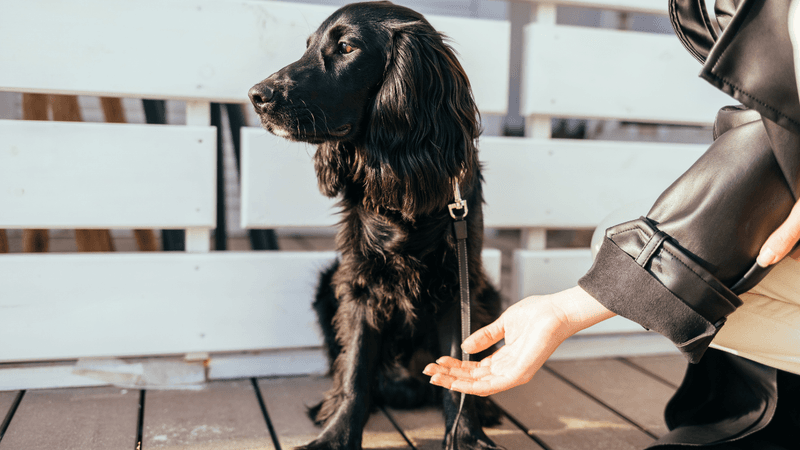
If your dog suddenly decides to sit facing away from you, it might be expressing its annoyance.
This subtle but clear body language indicates a desire for distance. It might be because of a disrupted routine or lack of attention. Dogs are creatures of habit and appreciate a reliable schedule.
To mend this, try spending dedicated playtime or go for a walk together. It’s essential to reestablish that bond and show your dog that you’re attentive to its needs.
Gradual changes and patience can bring your furry friend back to its usual affectionate self.






